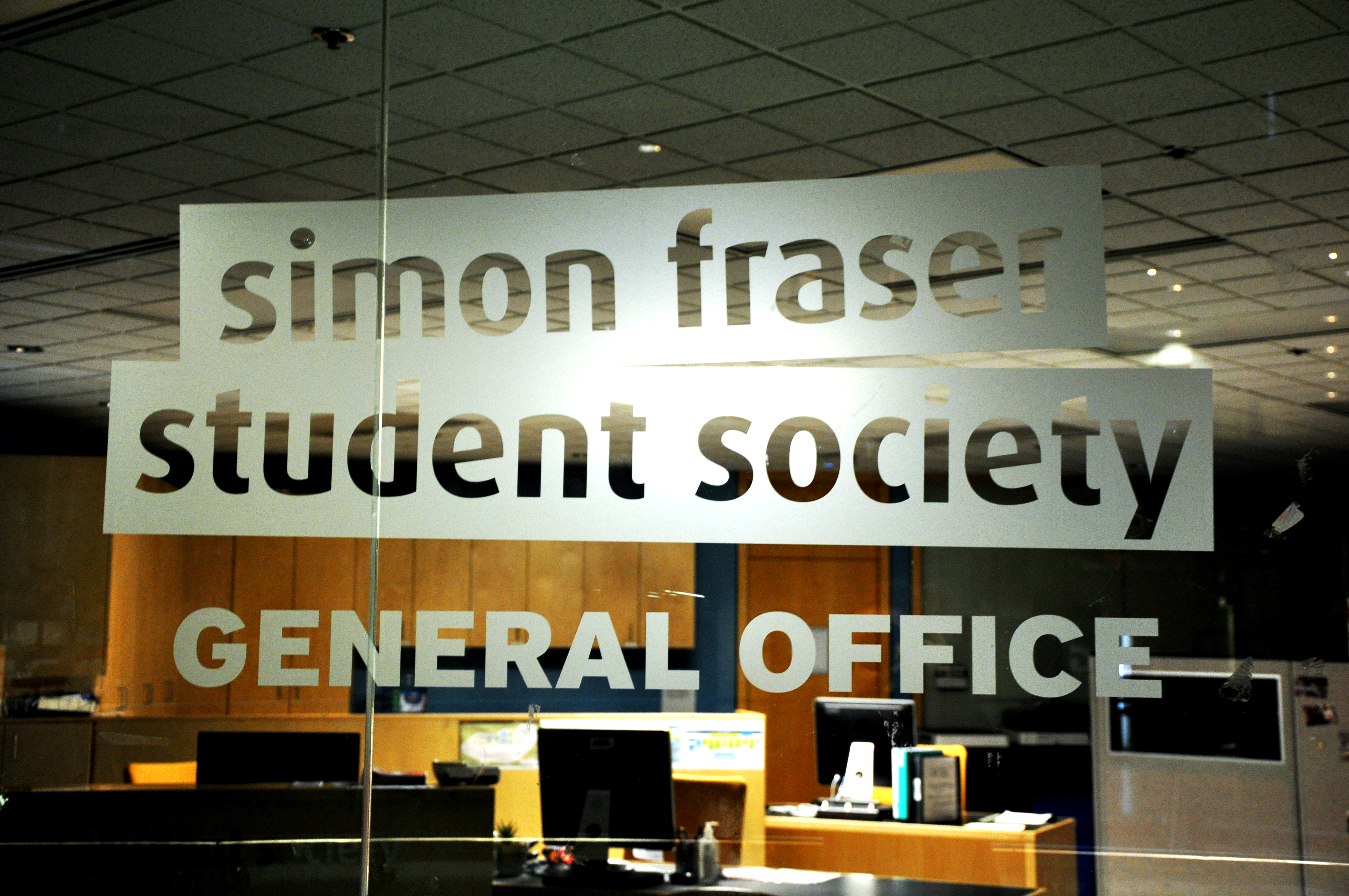
A mix-up at the end of the last Simon Fraser Student Society (SFSS) meeting highlighted the board’s alleged transparency issues.
At the end of the October 14 meeting, the board adjourned, implying that all business for the day had wrapped up. However, the board stayed in Forum Chambers, and told The Peak that there was a closed portion of the meeting.
This turned out to be a new strategy that the SFSS is trying to implement with a meeting that consists of both an open and closed agenda, though this was not originally made clear to attendees. The inspiration comes from the SFU Senate, which also uses open and closed agendas as part of its meetings.
“We keep getting told that we’re not very transparent, we’re having too many in-camera meetings. Sometimes people ask what are going to be the topics of discussion for in-camera. So the idea is to have a regular board meeting with a regular agenda and all the attachments as one and then a closed meeting or in-camera, with all the attachments and the agenda that would be visible to the public, unless it is a redacted document,” said Arr Farah, VP university relations for the SFSS.
On October 11, The Peak reported that the SFSS had held an extended in-camera portion at their board meeting, moving from the original meeting space in MBC 2294 to the Build SFU think tank. Farah said that at the end of the three-hour limit to meetings specified by the society’s bylaws, the board still had information to discuss, including in-camera work.
This may have been an inspiration for the change, as Farah noted that he and other board members had struggled with balancing the public and private sections of their meetings.
“Best practice — we didn’t do it today — would be to hand [all agendas] out at the beginning of the meeting,” he said. “I think the way it probably sounded when [interim president Larissa Chen] explained it was that we called a separate meeting so that we just could go in-camera, which is absolutely not the case.”
On when the board made the decision to adopt the new model, Farah said, “I guess it was kind of made last week.”
Farah said that the old system wasn’t working, and brought forward the open/closed agenda proposition.
“We definitely could have communicated better, but we didn’t get the opportunity,” he said. Further clarifying on the process of including guests at board meetings, he added, “We’re not always conscious of that. And I guess we should be, but we’re really not.”
Now that the open and closed agendas are going to be part of the meetings going forward, the board hopes this will improve its transparency issues.
